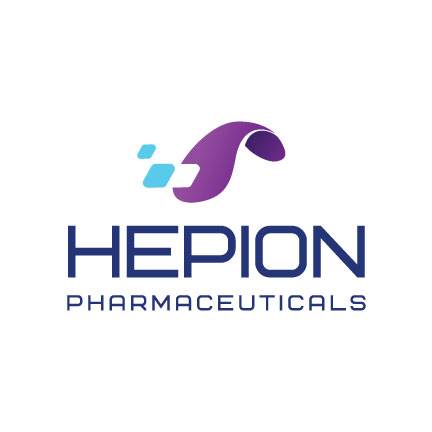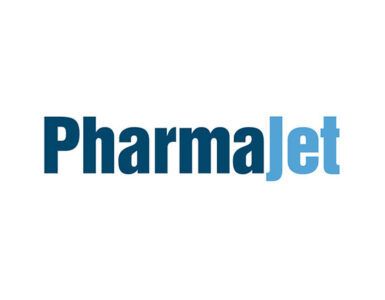
Hepion Pharmaceuticals (NASDAQ:HEPA) met all endpoints in a drug-drug-interaction study with its lead drug candidate, CRV431.
The randomized, open label study was conducted in 24 healthy volunteers to determine if single or multiple oral doses of ketoconazole (400 mg) influence the pharmacokinetics (PK) of CRV431 (75 mg) and its major metabolites.
The study also examined if single or multiple once-daily oral doses of CRV431 effected the PK of midazolam (2 mg IV) and its metabolite, 1-hydroxymethyl midazolam. In addition, the safety and tolerability of CRV431 when administered concomitantly with either ketoconazole or midazolam was assessed. Each study subject participated in both parts of the two-staged trial.
Following five daily oral doses of ketoconazole, the maximum blood concentration (Cmax) of CRV431 increased approximately five-fold, while the exposure, as measured by the area-under-the-curve from time of dosing to 24 hours (AUC0-24), increased almost four-fold.
When CRV431 was dosed with midazolam, the exposures of midazolam and 1-hydroxymethyl midazolam were not significantly altered. However, both the Cmax and AUC0-24 of CRV431 were increased by approximately two-fold.
CRV431 targets several isoforms of cyclophilins which comprise a family of enzymes involved in processes including, collagen production, inflammation, cell injury, cell death and protein folding. Attenuation of the activities of this multifunctional enzyme family represents a novel approach to the treatment of NASH.
In a statement, Patrick Mayo, Ph.D., Hepion’s SVP for clinical pharmacology and analytics, said drug-drug-interaction studies are important in determining possible safety liabilities during drug development and are standard in the industry.
Dr. Mayo said CRV431 is metabolized by enzymes called, cytochrome P450. In particular, cytochromes P450 3A4 and 3A5, which are abundant in the gut and liver, play an important role in the metabolism of many currently marketed drugs, and are the main metabolic pathway for CRV431.
“This drug-drug-interaction study demonstrated that a potent inhibitor of CYP3A4, ketoconazole, raised CRV431 exposures by approximately five-fold while remaining safe and well tolerated, confirming the safety of CRV431 even in the presence of drug inhibitors,” he added.
The minimal interaction with midazolam demonstrates that CRV431 can be safely administered with other drugs metabolized through this pathway. “These findings open the door for the safe use of myriad drug combinations for the treatment of co-morbidities, including diabetes and high cholesterol, in NASH patients,” Dr. Mayo pointed out.
“This study also demonstrated that we need not have any concerns regarding potential drug interactions and safety,” Dr. Mayo said. “The observed PK profile was as we expected with this drug-drug-interaction, further reassuring us of the overall safety profile of CRV431.”
Todd Hobbs, M.D., Hepion’s CMO, said patients diagnosed with fatty liver disease and/or NASH are commonly prescribed multiple life-long drug therapies to manage associated medical conditions, such as diabetes and hypertension. And the number of medications prescribed to NASH patients increases with increasing severity of disease, such that those with advanced fibrosis and cirrhosis are at greatest risk for drug interactions as a result of polypharmacy.
A study characterizing polypharmacy determined that NASH patients received, on average, seven medications and patients with cirrhosis received an average of 11 medications.
Dr, Hobbs said It is “vitally important to fully understand how the disposition of CRV431 may potentially be altered by other drugs or how CRV431 might alter the PK and performance of co-administered drugs. This knowledge will not only be valuable when designing our future clinical trials but could also ultimately help guide the use of CRV431 in a commercial setting.”
Earlier in September, Hepion announced that it was moving into a Phase 2b clinical trial of CRV431 in NASH after releasing additional positive efficacy data from its Phase 2a AMBITION trial.





